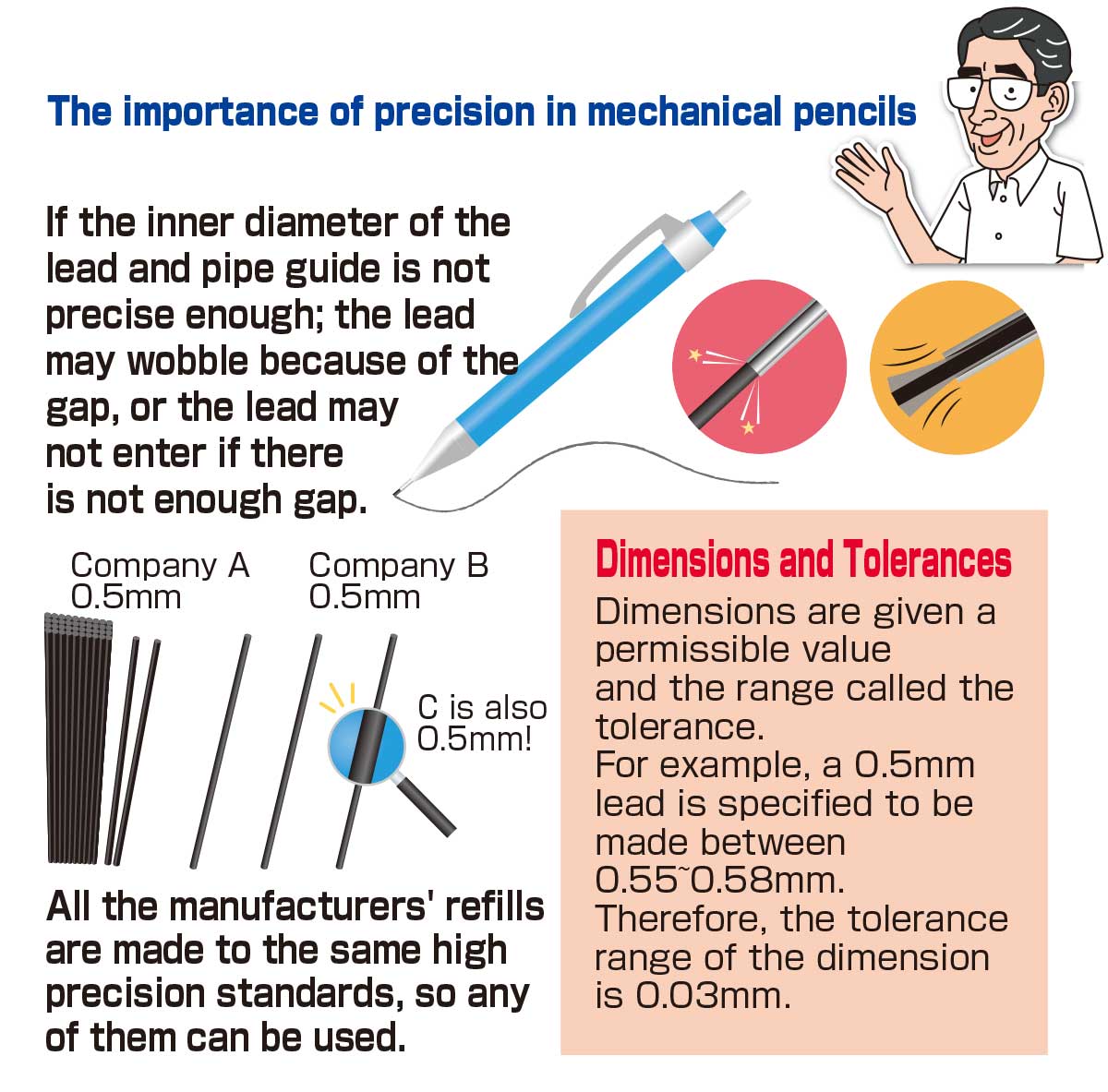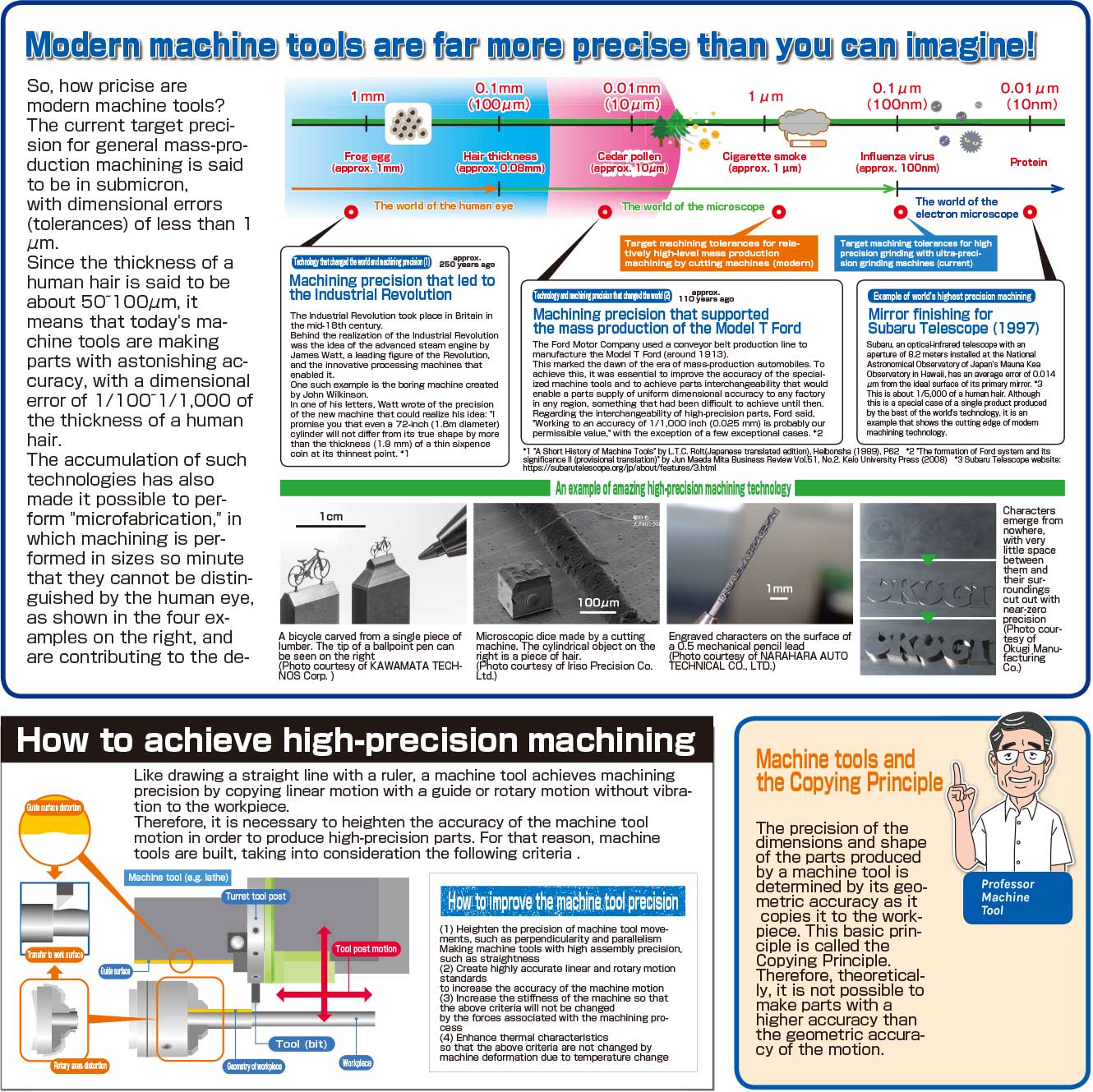whatsHow machine tools process high-precision parts
Kinematic mechanisms of machine tools
Three kinematic mechanisms are required to give a workpiece the necessary shape dimensions
Machining is performed by the relative motion of the tool and workpiece
Machining on a machine tool is performed by the relative motion of the tool and workpiece (the combined motion of the tool and workpiece). This motion includes rotational and linear motion, and either the tool or the workpiece could be the one that moves.
This motion fulfills one of three functions: primary motion, feed motion, or infeed motion, and sometimes motion is applied to both the tool and the workpiece to achieve these functions.
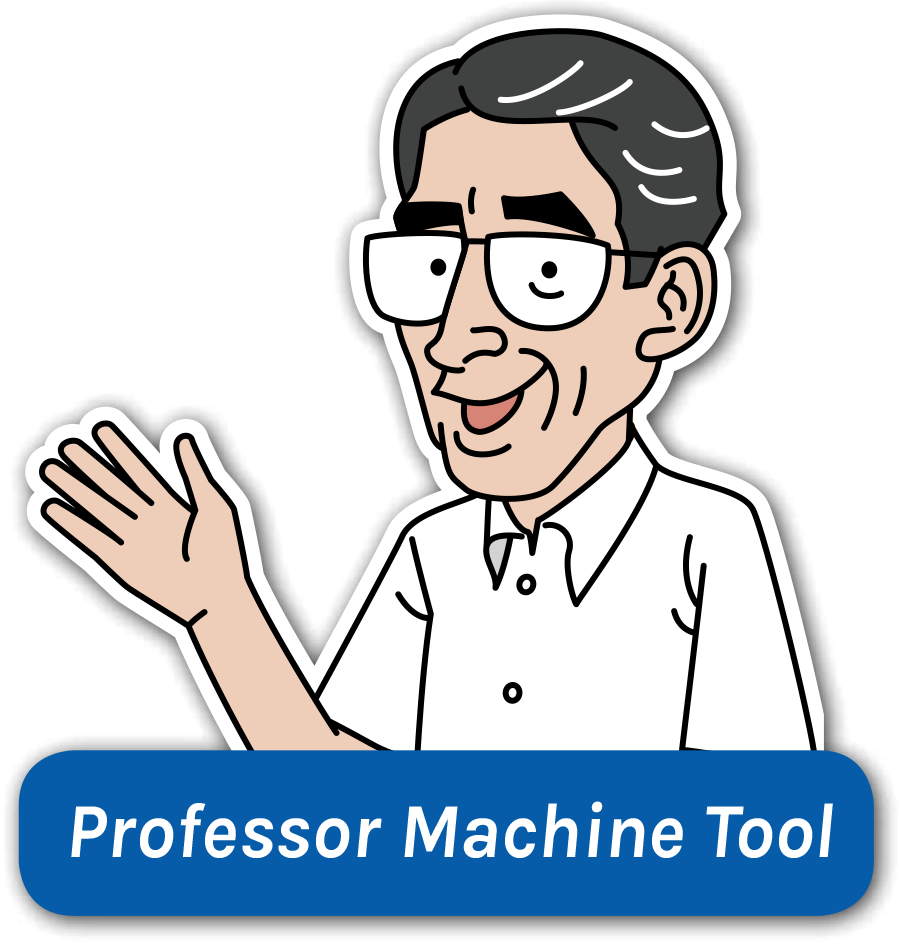
In machining, the three kinematic mechanisms of primary motion, feed motion, and infeed motion are indispensable, and machining cannot be completed without any of them.
However, as shown in the bottom figure, there are exceptions where one movement serves two functions, and the tool shape itself serves that function.


Elements that make up machine tools
Main structural elements, Joints, Drive mechanisms
Even if the type and strauctural form of machine tool differ, the basic components are all the same
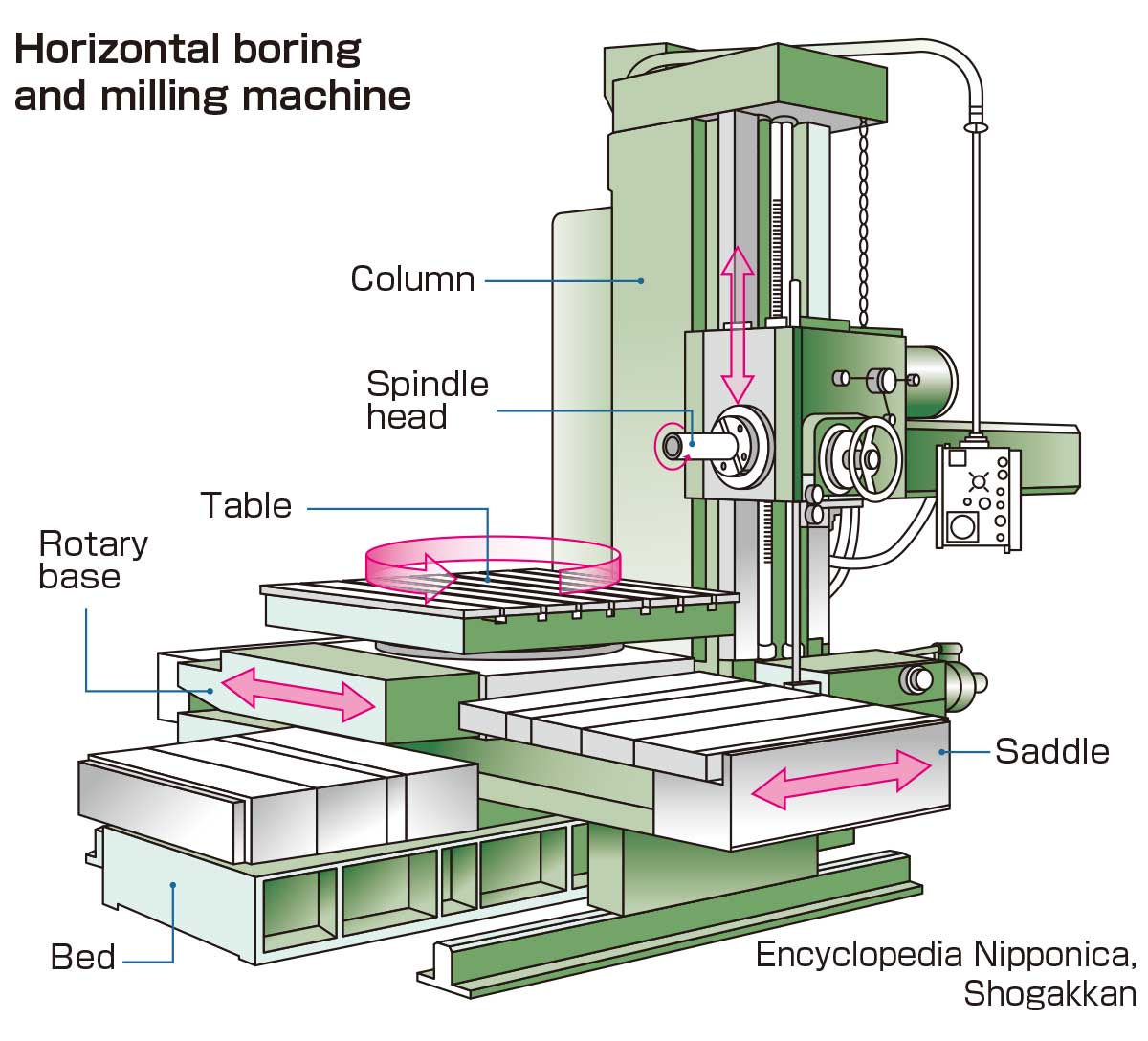
Machine tools come in many types and structural forms, depending on their role.
However, all of themperform machining in the same way;by relative motion beween the tool and workpiece.
Therefore, machine tools will consist of common elements that are basically required.
Those basic elements include main structural elements, joints, and drive mechanisms.
Here, these three basic structural elements are explained using the horizontal boring milling machine on the righit as an example.

Since machine tools are involved in creating the shape of the workpiece, it is important that they not only have high accuracy under no load conditions, but also that accuracy does not deteriorate due to force or heat generated during machining. To do this, each element must have high accuracy and sufficient rigidity (resistance to deformation from external loads).

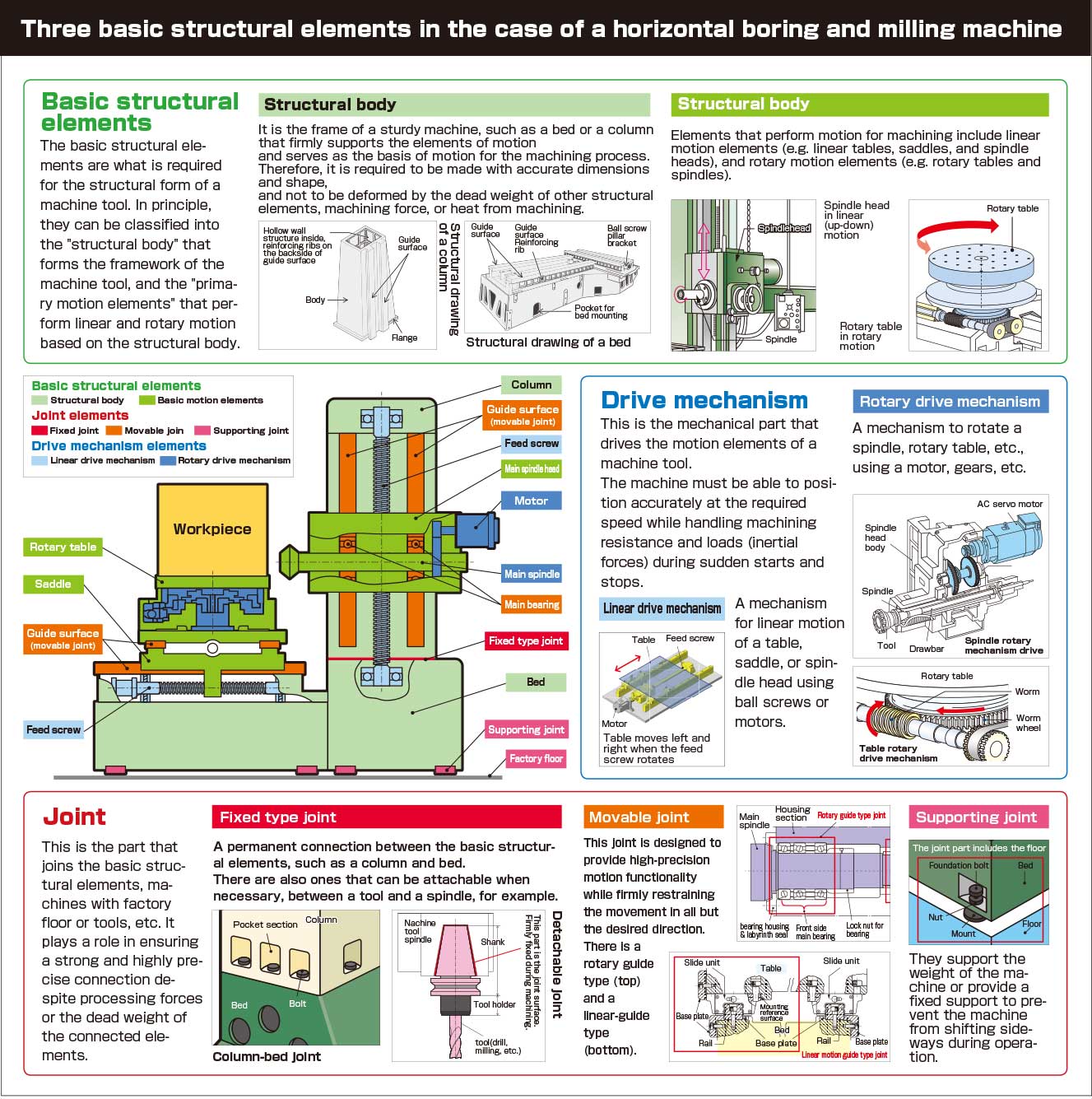
Accuracy of machine tool motion and machining accuracy
Motion accuracy creates machining accuracy
What is accuracy?
Accuracy is an indicator of the degree to which a product is made according to specifications. Machine tools is always required to have high accuracy in part machining.
If you look at the illustration example of a mechanical pencil on the right, you can understand why high part machinig accuracy is necessary. In other words, the size of the diameter of the lead and the size of the inside diameter of the pipe guide where the lead enters are made with high accuracy, so that there is just the right gap to prevent the lead from wobbling when writing.
In other words, advanced product performance is achieved by the accuracy of the machined parts.
